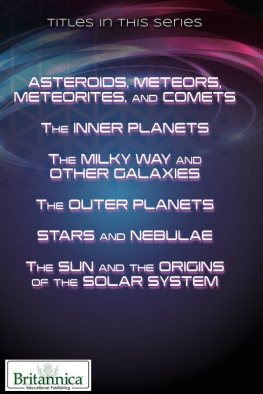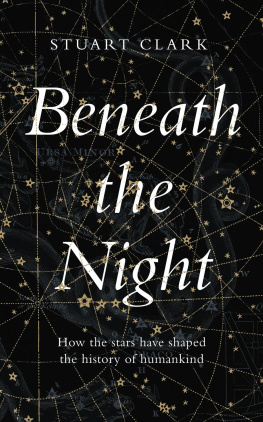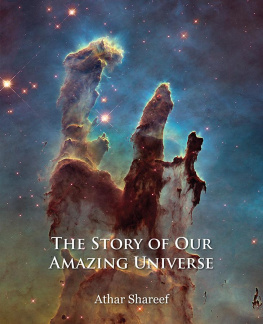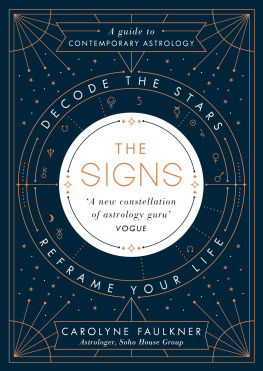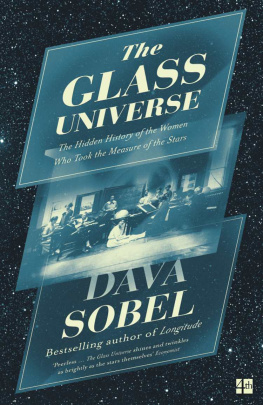Copyright 2018 by Joe Amaral
Cover design by Bruce Gore, Gore Studio, Inc. Cover photograph from Shutterstock. Cover copyright 2018 by Hachette Book Group, Inc.
Hachette Book Group supports the right to free expression and the value of copyright. The purpose of copyright is to encourage writers and artists to produce the creative works that enrich our culture.
The scanning, uploading, and distribution of this book without permission is a theft of the authors intellectual property. If you would like permission to use material from the book (other than for review purposes), please contact permissions@hbgusa.com. Thank you for your support of the authors rights.
FaithWords
Hachette Book Group
1290 Avenue of the Americas, New York, NY 10104
faithwords.com
twitter.com/faithwords
First Edition: October 2018
FaithWords is a division of Hachette Book Group, Inc. The FaithWords name and logo are trademarks of Hachette Book Group, Inc.
The publisher is not responsible for websites (or their content) that are not owned by the publisher.
The Hachette Speakers Bureau provides a wide range of authors for speaking events. To find out more, go to www.hachettespeakersbureau.com or call (866) 376-6591.
Unless otherwise noted, Scripture quotations are taken from the Holy Bible, New International Version, NIV. Copyright 1973, 1978, 1984, 2011 by Biblica, Inc. Used by permission. All rights reserved worldwide.
Scripture quotations marked ( KJV ) are taken from the King James Version (public domain).
Scripture quotations marked ( NLT ) are taken from the Holy Bible, New Living Translation, copyright 1996, 2004, 2015 by Tyndale House Foundation. Used by permission of Tyndale House Publishers, Inc., Carol Stream, Illinois 60188. All rights reserved.
Library of Congress Control Number: 2018946513
ISBNs: 978-1-5460-1074-6 (trade paperback); 978-1-5460-1073-9 (ebook)
E3-20191115-JV-PC-DPU
In the beginning God created
the heavens and the earth.
Genesis 1:1
T ENS OF THOUSANDS of words have been written about the first ten words in the Bible: In the beginning God created the heavens and the earth. Ten simple words that have ignited a firestorm of controversy and much debate. Since the dawn of time, people have endeavored to interpret and understand this opening statement of the Bible and learn the truth about our origins on this planet and in the universe.
Its absolutely amazing when you stop and think about it. We the human race have spent thousands of years trying to figure out this opening line of the Bible. It just goes to show you how much greater, grander, and wiser God is than us! Its no wonder there have been thousands upon thousands of books written about the Bible and about faith in general. If we get stumped on the first ten words, imagine the challenge of beginning to understand and decipher the remaining 783,127 words of Scripture.
People generally get stuck on two questions about the opening verse of Genesis. The first question centers around the when of the text and the second is focused on the how. When did God create the heavens and the earth? A quick internet search will produce a plethora of possibilities and theories.
For some, the earth was created approximately five thousand years ago. This number is based upon the names and genealogies that are found in the book of Genesis. Its definitely a possibility. The problem with this view is that you have to assume that Adam and Eve were created instantly and only five days after the creation of the universe. To be fair and reasonable, you have to account for the possible passing of time from when the earth was inhabitable for humans and from the time Adam took his first breath. Sure, only five days could have passed, but five eons could have also easily passed. This book by no means makes any attempt to settle the argument of the age of the universe, but the elephant in the room must be addressed.
For others, the earth was created billions of years ago. This, too, is a possibility. To better understand the Bibles opening statement, its important to remember who wrote it. Its earthly author was Moses. This is almost an absolute certainty, as most scholars agree on Mosaic authorship. Who was Moses? When did he write this? Where was he when he wrote it? How did he get the information? These are very important questions that are seldom asked by the reader when trying to unravel the intricacies of the creation account. However, they are very important because they will help us establish a better framework of understanding.
Moses was the great leader of the Hebrew people, but we must remember where he spent the first part of his life: Egypt. There was nothing Hebraic or Jewish about Egypt. Being found and adopted by the pharaohs daughter afforded him an incredible position that came with great prestige and privilege. The pharaoh at the time did not have a legitimate male child to take the throne after him. Moses, having been adopted into that family, became the legal heir to the throne. He would have received a pharaohs education.
This means that Moses would have studied military tactics, ancient Near East philosophy, and religion. He would have learned mathematics, reading and writing, and, of course, astronomy and astrology. You dont have to dig too far into ancient Egyptian culture to discover that it was deeply steeped in astrology and religious mysticism. This belief system drove them to build the impressive and massive system of pyramids. It fueled their interest in the afterlife and what happened to the soul beyond the grave. We see this in the meticulous construction of the pharaohs tombs and burial chambers.
Ancient Egyptian mythology has been preserved both in manuscripts and through hieroglyphics found in caves and chambers. Egyptology reveals a great curiosity about the cosmos and its creation. The ancient Egyptian god Khnum is said to have fashioned creation in the same manner as a potter fashions clayslowly but surely molding and shaping the clay into the image or shape desired. This is very important information to consider when we are attempting to understand why Moses selected certain words over others in his creation account.
Strongs Concordance is the go-to concordance that Bible scholars use when they want to find the original Hebrew or Greek word and its meaning. The fifth word of the opening verse of the Bible is the word created. The Hebrew word used there is bara (see Strongs number H1254). It means to shape, to form, or to fashion. The nuance of the word bara is not to create all at once but rather to set creation in motion. To fashion an object, and to take the time to perfect it.
Think of it this way. Even the tallest trees in the worldsequoias, a kind of redwood tree found in Northern Californiagrow to over 350 feet tall and yet begin with a seed that fits in the palm of your hand. Everything the tree would need over time was present at the very beginning. So, too, in the beginning, everything that was necessary for the creation of the universe could have been present from the very start. Today its known as the Big Bang.
I know, I just lost some of you. You hear that term and you think its a secular explanation for the beginning of the cosmos. But what if I told you that wasnt the case? What if I told you that, historically, the Big Bang Theory was a Christian perspective that was used to explain the beginning of space and time? In fact, in 1927, it was a Belgian Roman Catholic priest named Georges Lematre, who was also an astronomer and physics professor, who noted the expansion of the universe. That is to say, he was the first to observe that deep-space objects such as galaxies were moving not only away from each other but from a single point in space. Lematres observations ultimately led to the theory known today as the Big Bang.


